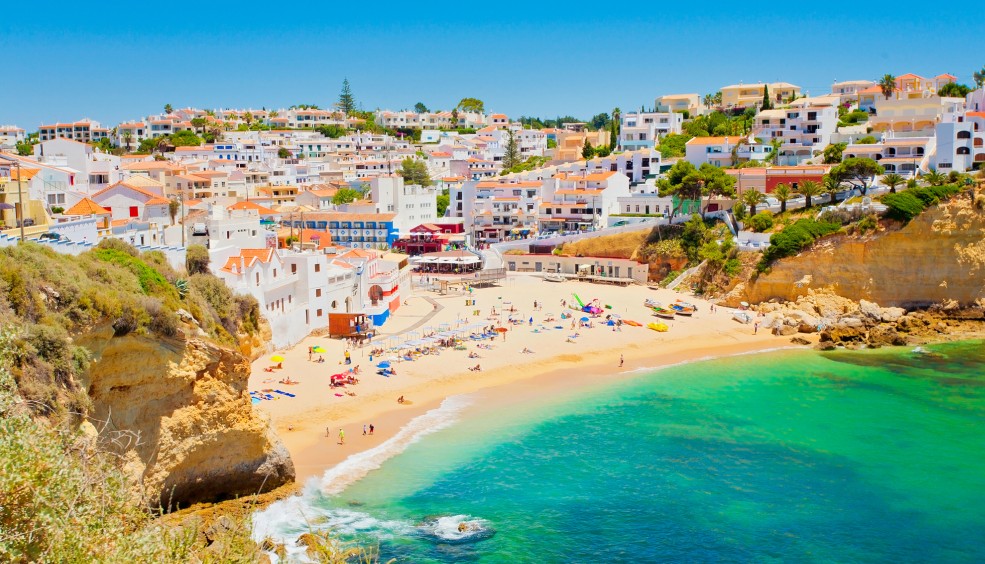7 cheap destinations to enjoy before summer arrives
Do you fancy going away before the official summer holidays, to beat the crowds? Make a note of these ideas.
more info6 experiences for an extra special Mother's Day
Want to give your mother something different to celebrate this special day? Pack your bags because we have some getaway plans she's sure to love.
more infoEl Priorat in eight essential stops – Routes near Barcelona
There are many things to do near Barcelona. If you are a wine lover, like to explore vineyards and fancy a bit of peace and tranquillity near Barcelona, you definitely have to visit this special place in Catalonia – El Priorat.
more infoSeven destinations for travelling alone
You can travel with friends, as a couple, with the family... yes, we know that it's nice to share experiences, but those of us who love travelling recommend that everyone should travel alone at least once in a lifetime! Why? You can get around without having to wait for anyone, make your own decisions and choices, get away from it all... In short, you will be your sole companion. Which are the best places for this? Here is a list of destinations for travelling alone.
more info




